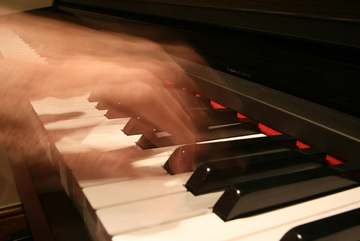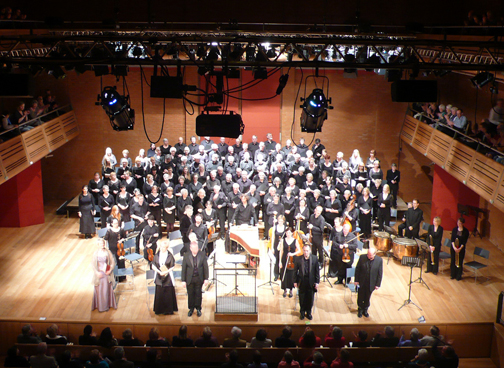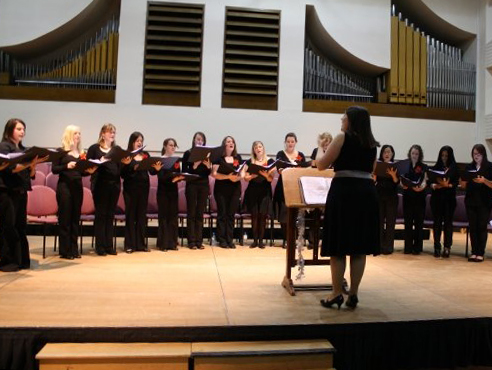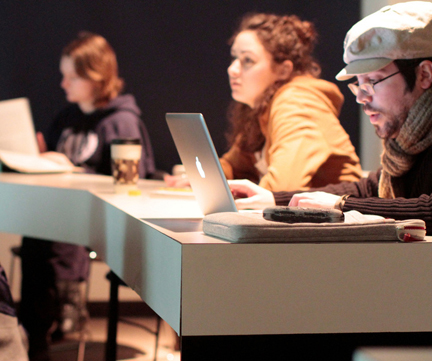Hermann Neiweler loved jazz.
His jazz club, a cozy venue that has operated on View Street for 29 years, was a labour of love for him. It allowed him to host—and see—the likes of Wynton Marsalis, Dewey Redman, Loudon Wainwright III, Judy Collins and David Francey, and provided local musicians with a place to perform. It fed his desire to hear live jazz and to share the jazz experience with others.
Nieweler died last month, just as the Victoria International Jazz Festival was about to kick-off. He was 79.
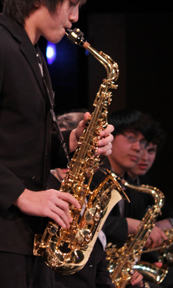 His commitment to his club speaks of music’s power to enrich people’s lives.
His commitment to his club speaks of music’s power to enrich people’s lives.
We groove and move to music. We listen. We appreciate. And some of us make and play music. It seems simple enough on the outside, but inside the blackbox we call the brain, much more goes on when the music starts playing.
Brain scans show that listening to music engages a sweep of different areas within the noggin. And if just listening to tunes does that, playing those same tunes on an instrument is like sending your brain to bootcamp. Playing music exercises the parts of the brain that perceive and analyse sound, sight and touch. It drills the parts of the brain that control movement, behaviour, decision-making and expression, as well as memory, emotion and reward. It also stimulates neuron development between the brain’s regions, strengthening neural pathways and making those connections more efficient….
Read the rest of this editorial at the Victoria Times Colonist….

